Tale of two cities: the Bi-city Biennale of Shenzhen and Hong Kong opens its doors
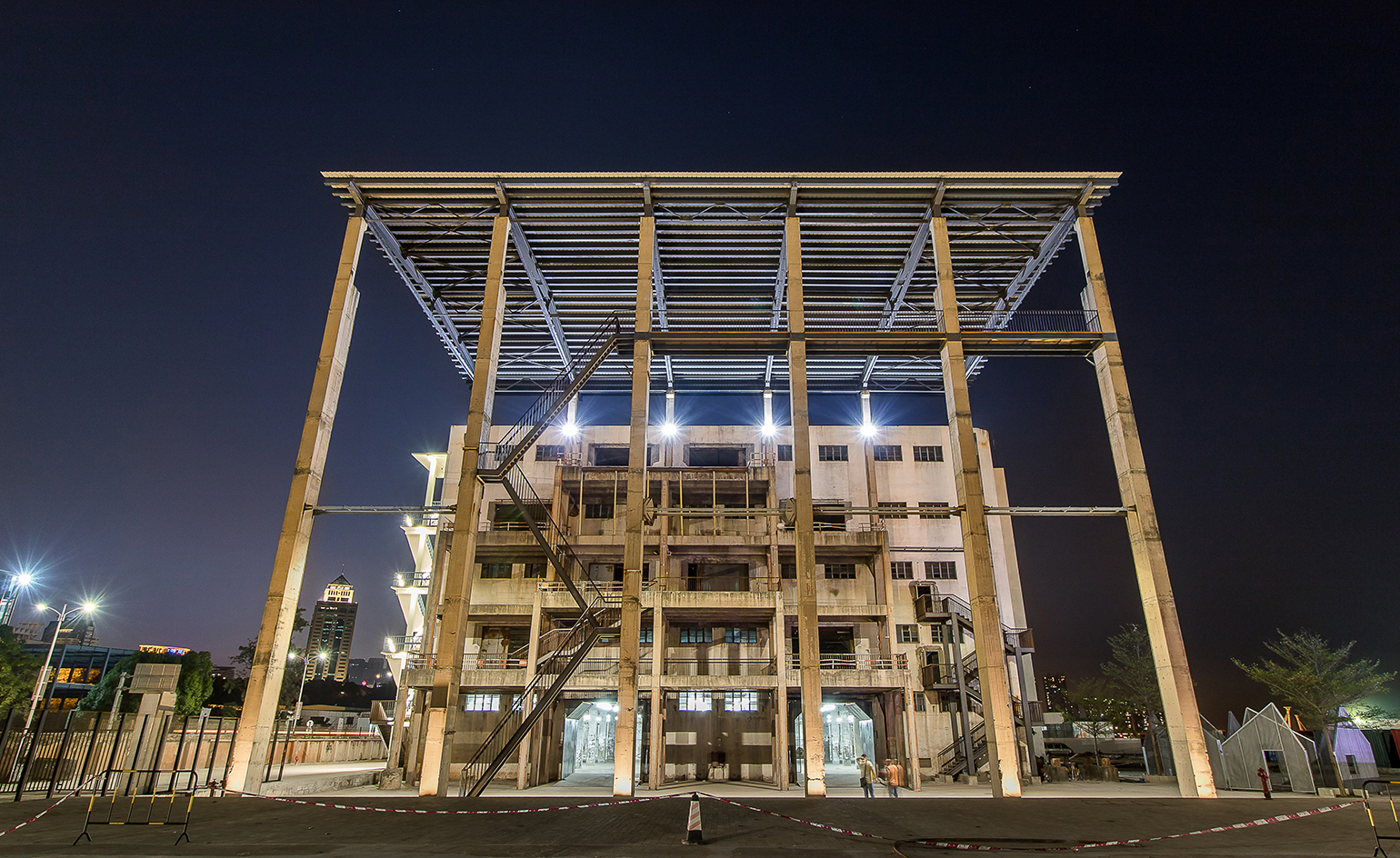
The latest Bi-City Biennale, shared between Hong Kong and its neighbour city of Shenzhen, is back this month with a host of architectural celebrations. The large scale event is intended to focus on the common urban challenges facing the Pearl River Delta region, drawing the two cities even closer.
In Shenzhen, the exhibition (titled 'Re-Living the City') is held in a striking settting – an abandoned flour factory – but includes many, if not too many, voices, which has an impact in its overall critical strength. Still, many worthy displays offer an informative visit.
Happily, Ecosistema Urbano's thoughtful series of small-scale urban projects stood out for its practical application of using technology to create playful social spaces like solar-powered 'air trees'; as did the V&A's 'Unidentified Acts of Design' highlighting the creative intelligence that exists outside of conventional design studios, challenging the preconception that design in Shenzhen is limited to reproductions.
Elsewhere, Swiss architects Christ & Gantenbein's typology city guide features an app identifying hidden architectural gems in Hong Kong. Presented with floor plans and key information, the resource acts as a basis of creating new architecture based on established types.
Meanwhile, across the border, in Hong Kong's Kowloon Park, 60 exhibitors examined critical issues facing the city within a polished presentation, entitled 'Visions 2050 - Lifestyle and the City'. Here, highlights include the Oval Partnership's examination of the interaction between people and intangible spaces, which provided an interesting take on parts of the city that are usually ignored.
Other exhibits worth seeing include legendary Hong Kong photographer Ho Fan's iconic black and white photographs of the city, and the quirky Transform Bar II by Kacey, Kwok Choi Wong. The mobile Mojito cocktail bar, complete with record player and pots of mint, takes inspiration from local hawkers, who the designers say have perfected the art of flexible design, displaying a multitude of products in a small space.
The park setting also provided a surreal setting for ALPOD's monocoque aluminum pod homes, and elevator-company Schindler Group's futuristic immersive urban environment showcasing the potential future of urban vertical mobility.
While both Shenzhen and Hong Kong's exhibitions make for an interesting and extremely varied visit, it is a pity that with the 'one country, two systems' agreement (which is due to expire in 2047), neither city took the bold step to reflect on their position on the cusp of one of planning's most dramatic moments and China's voracious appetite for construction, reexamining the conventional planning model with a more critically audacious eye.
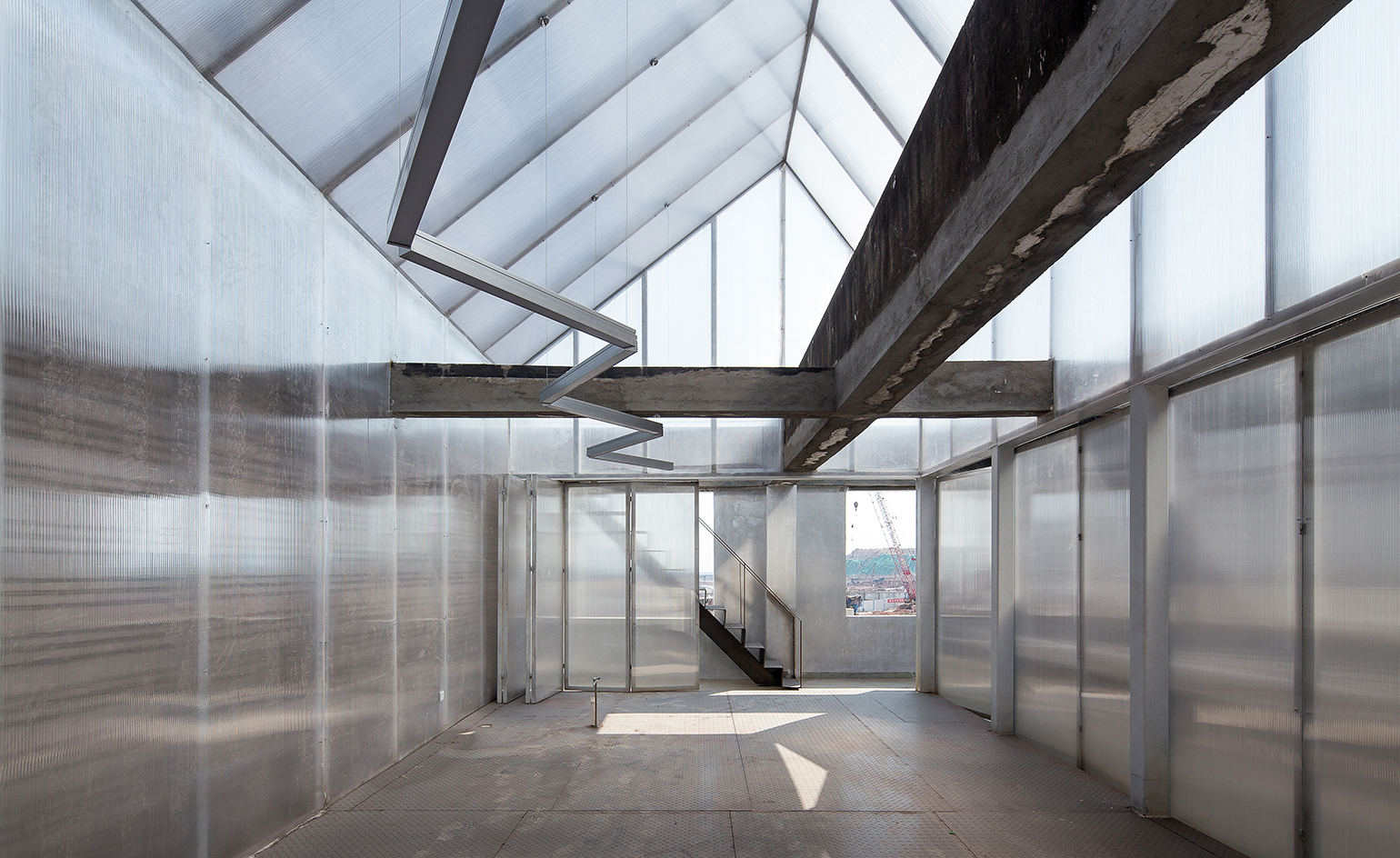
In Shenzhen, the exhibition, titled 'Re-Living the City', is held in an abandoned flour factory.
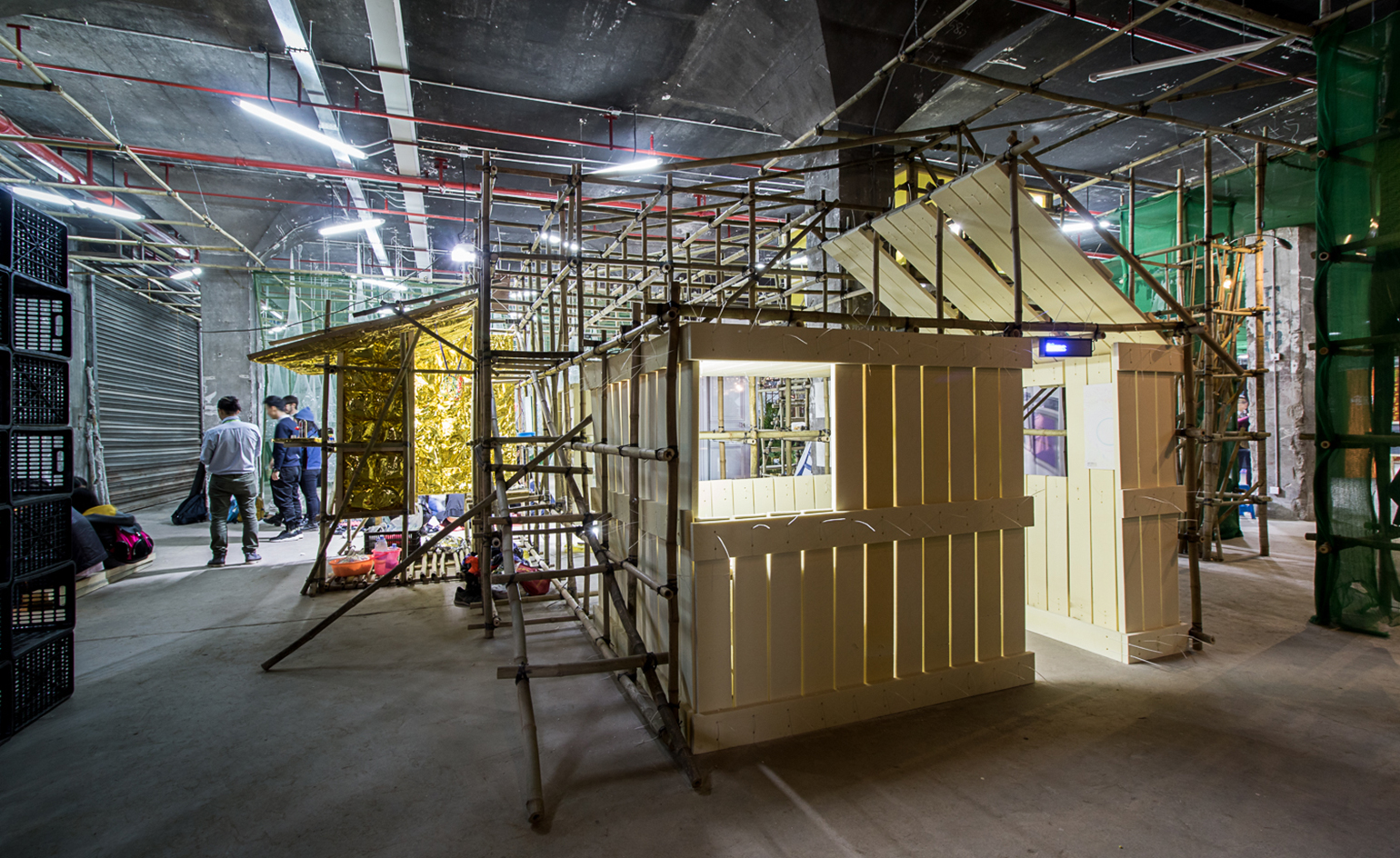
Part of it, is the installation Workscape Theatre designed by Makkink & Bey.
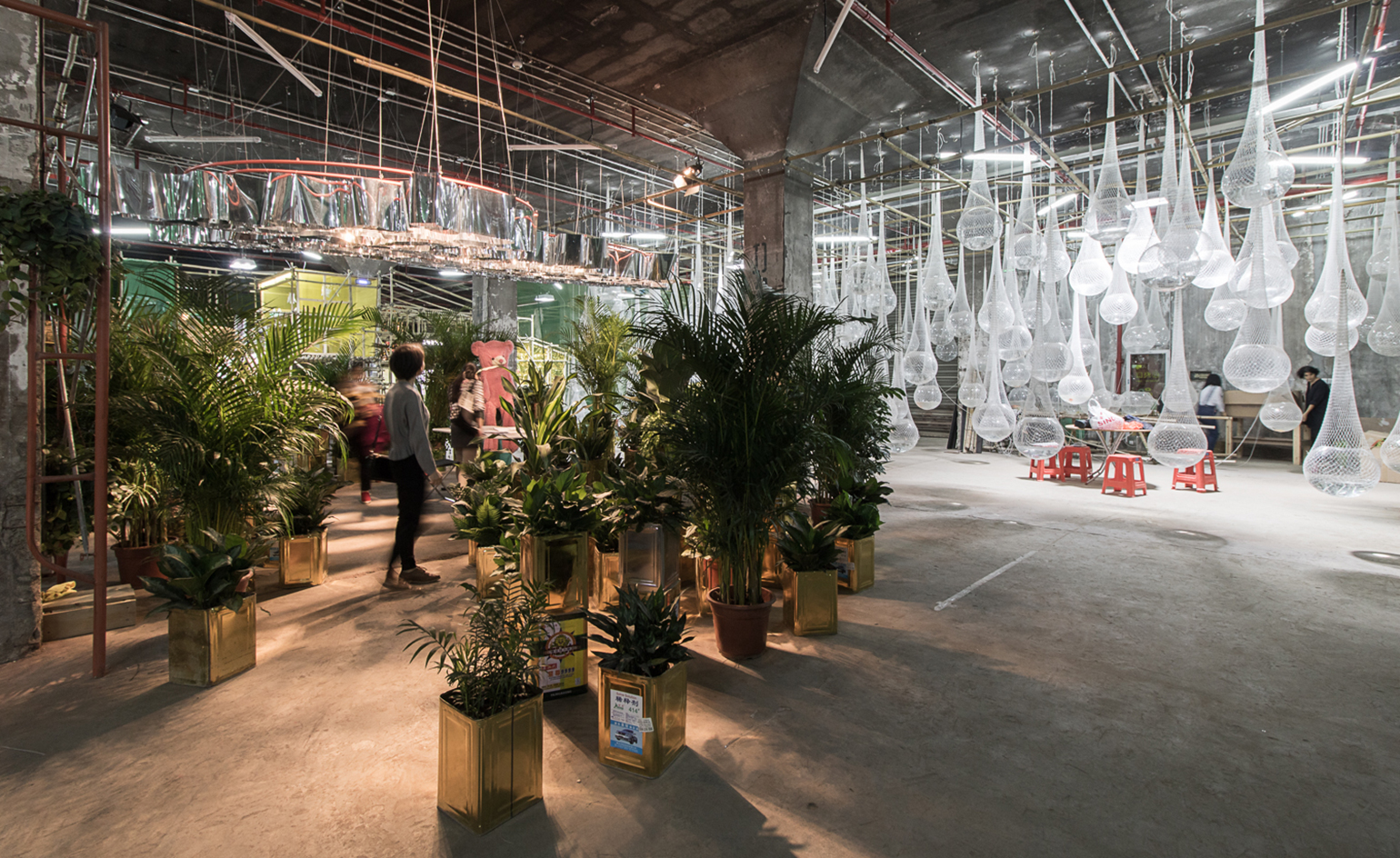
Collage 3D created a section featuring two installations: Embodied Pelt and Symbiotic Village.
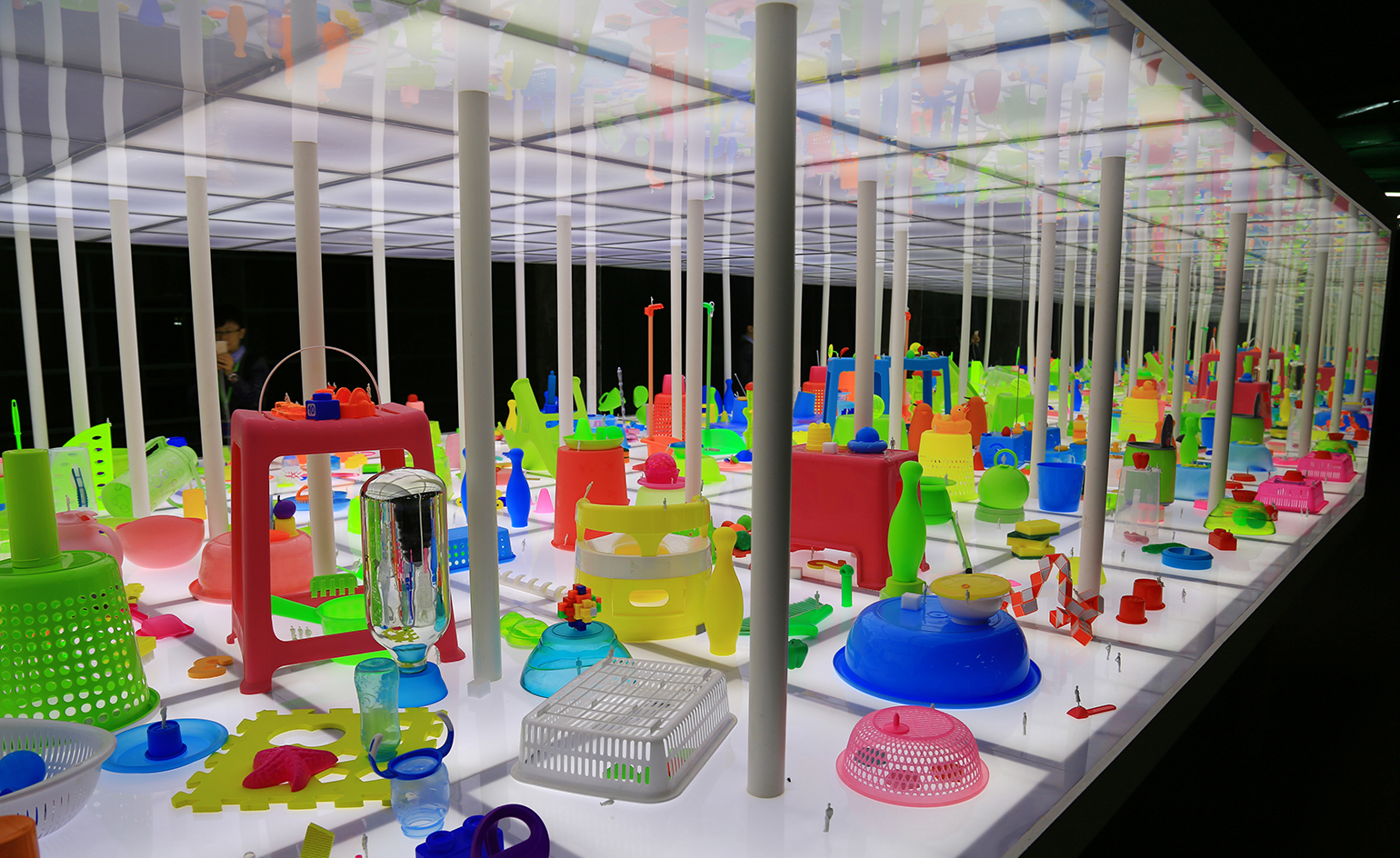
Lost & Found was the colourful display created by Jimenez Lai
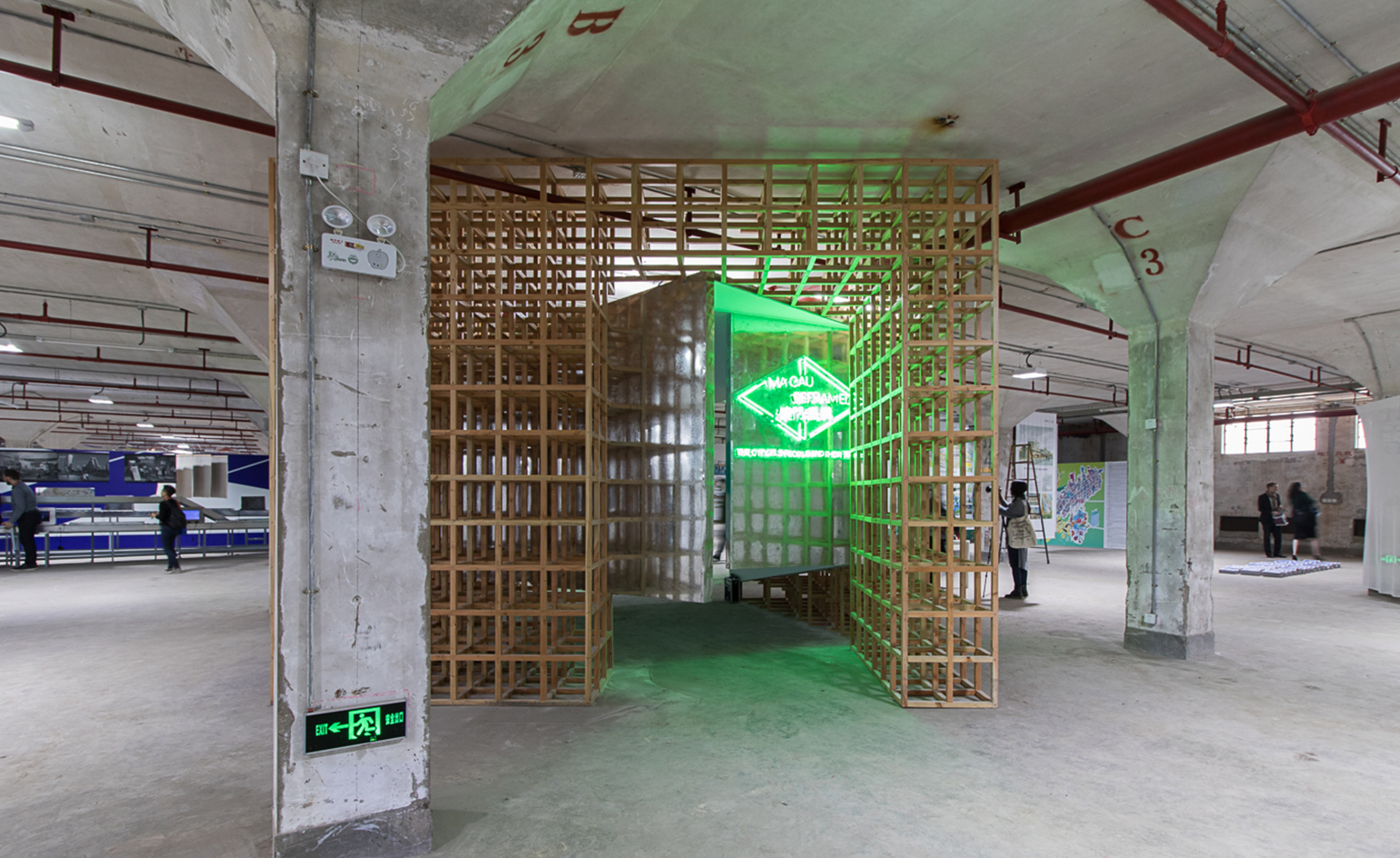
Macau Reframed: The City, Its People was the Macau national pavilion, curated by the Cultural Affairs Bureau of Macao SAR Government, Architects Association of Macau and Macau Urban Planning Institute, CURB.
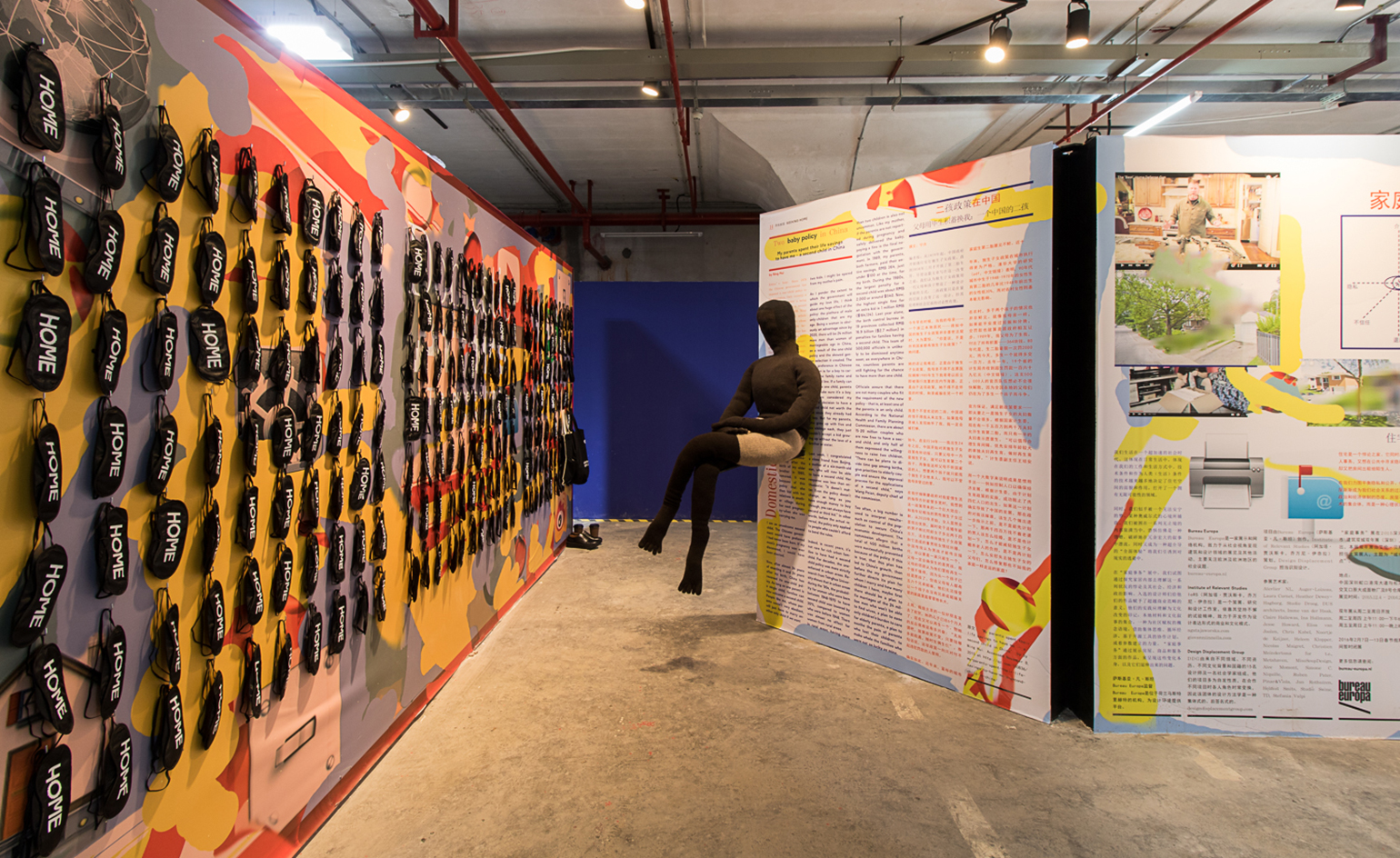
The Dutch pavilion was entitled Domestic Affairs and was curated by Bureau Europa, Saskia van Stein with Institute of Relevant Studies, Netherlands, Agata Jaworska and Giovanni Innella.

The Irish pavilion is part of the country's program New Horizons: Architecture from Ireland, and was called 'Shan-zhen: Reconnecting Shenzhen to Shannon'
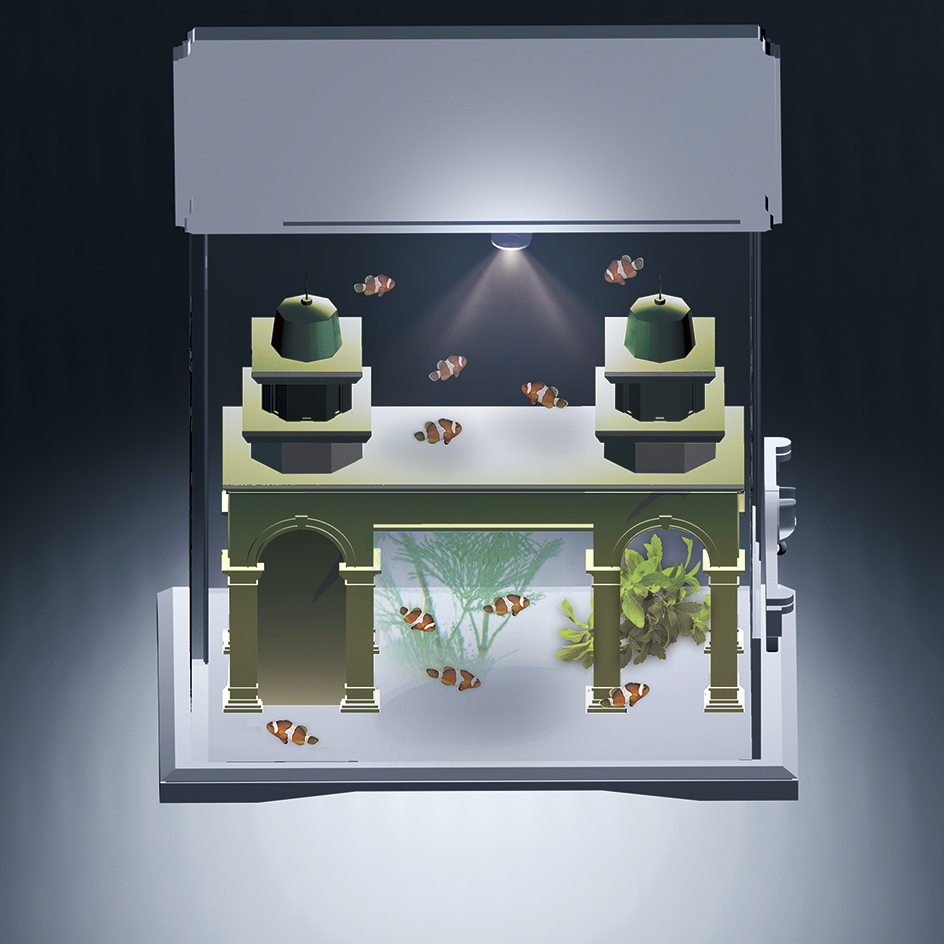
Wealth Architecture, by Feng Yuan and the Sun Yat-sen University.
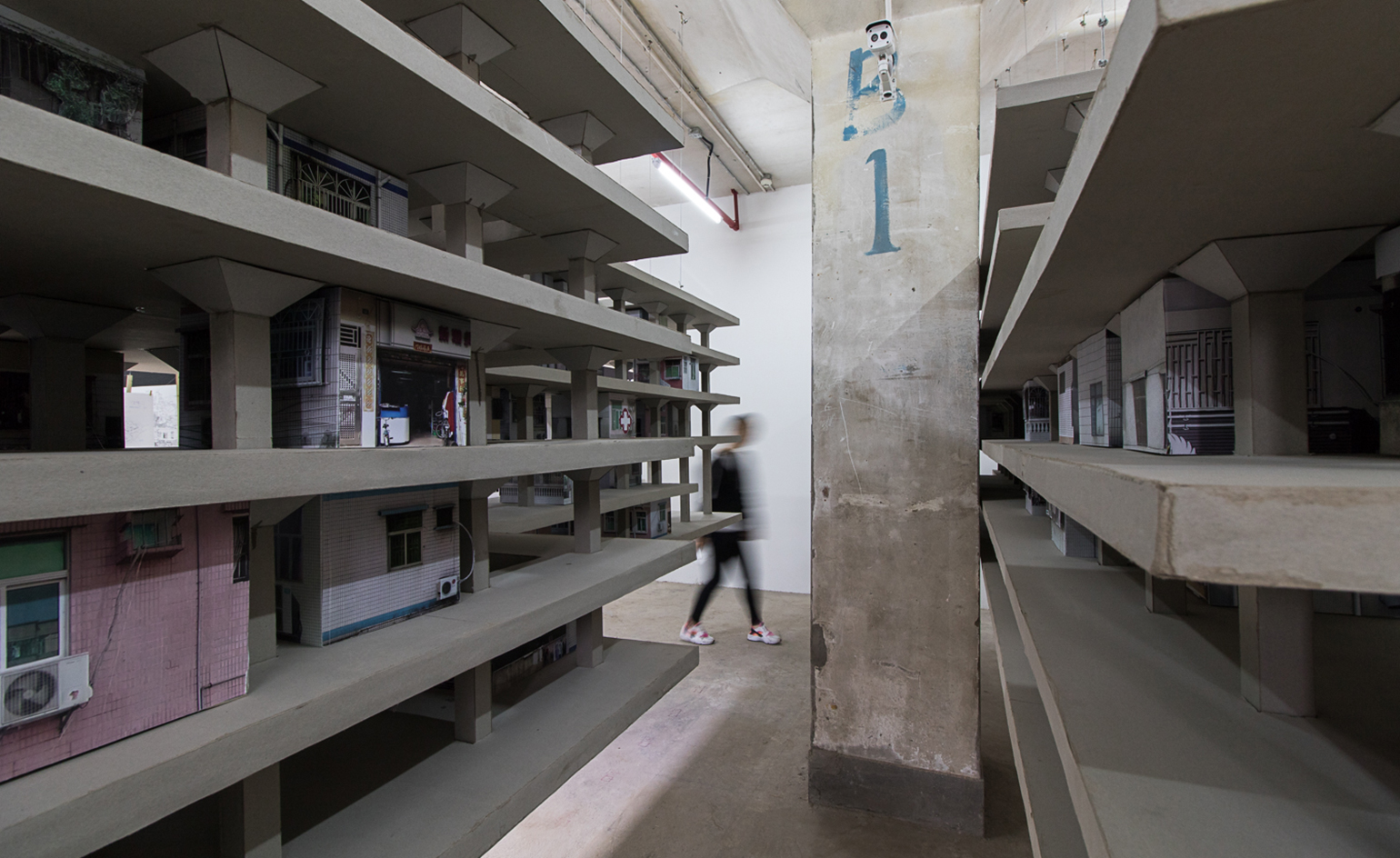
The City that Relives its Memories, by WISE Architecture.
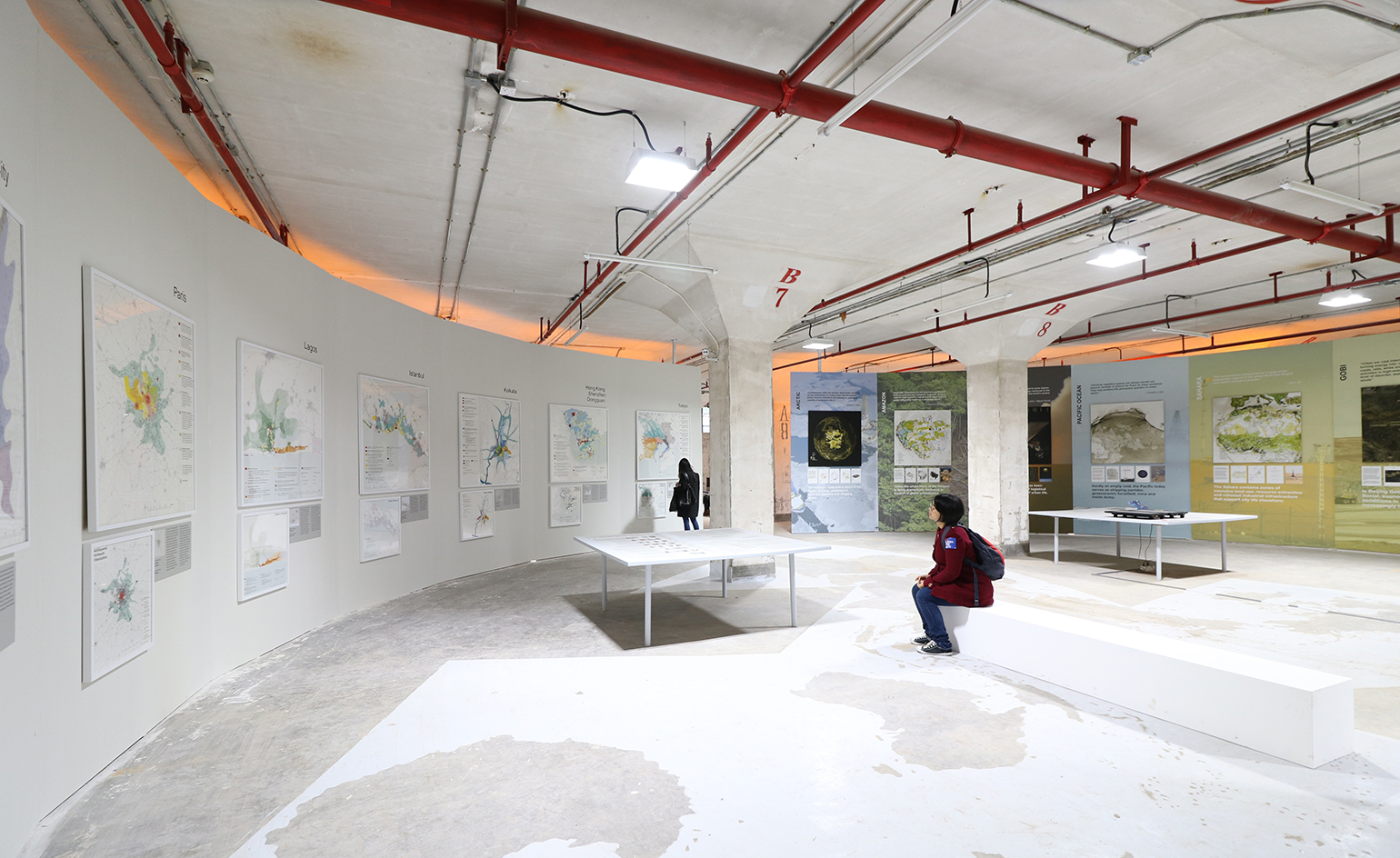
Cartographies of Planetary Urbanisation, by Neil Brenner, Christian Schmid and Milica Topalovic.
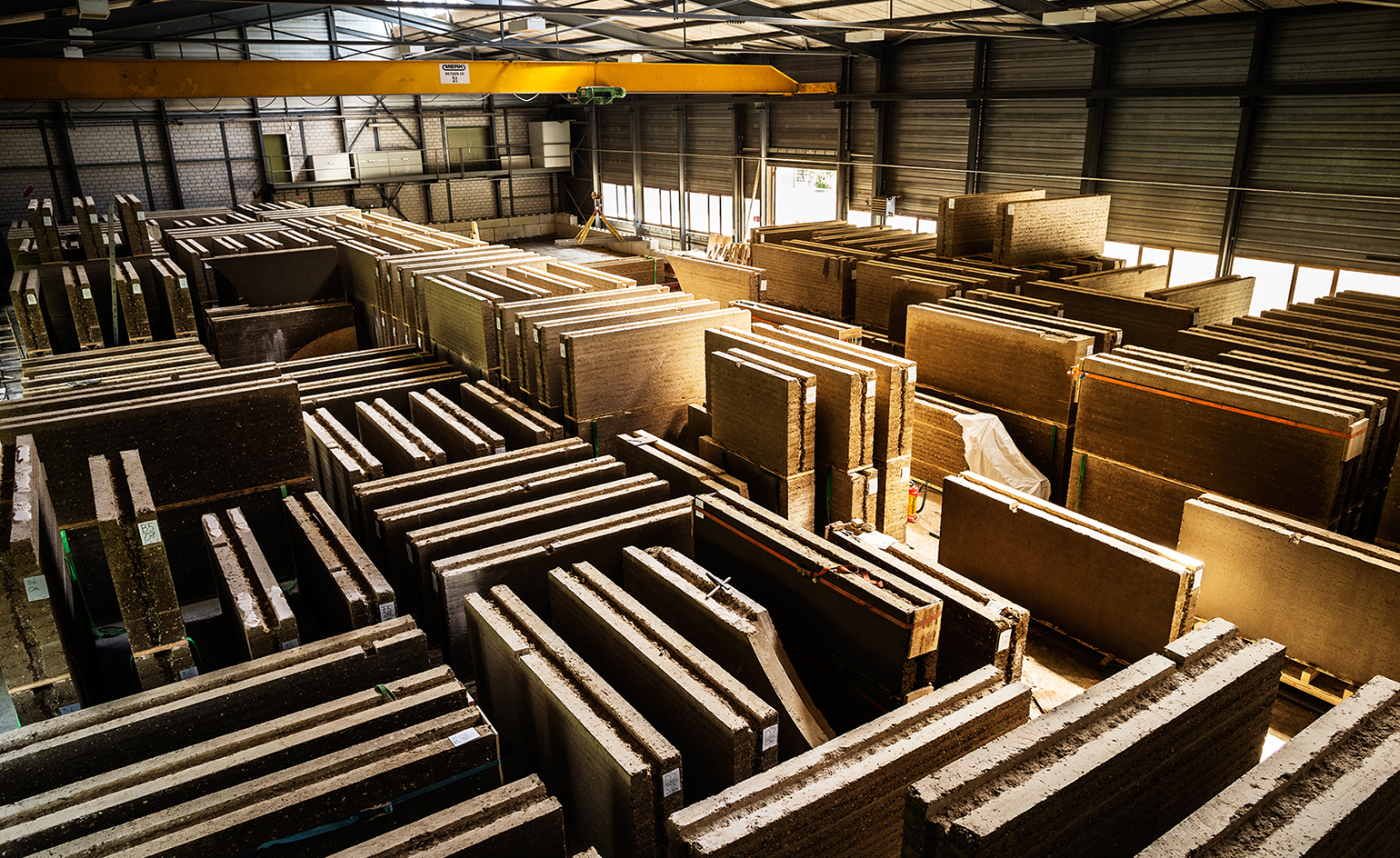
Urban Earthworks by Anna Heringer and Martin Rauch in collaboration with Mu Jun.
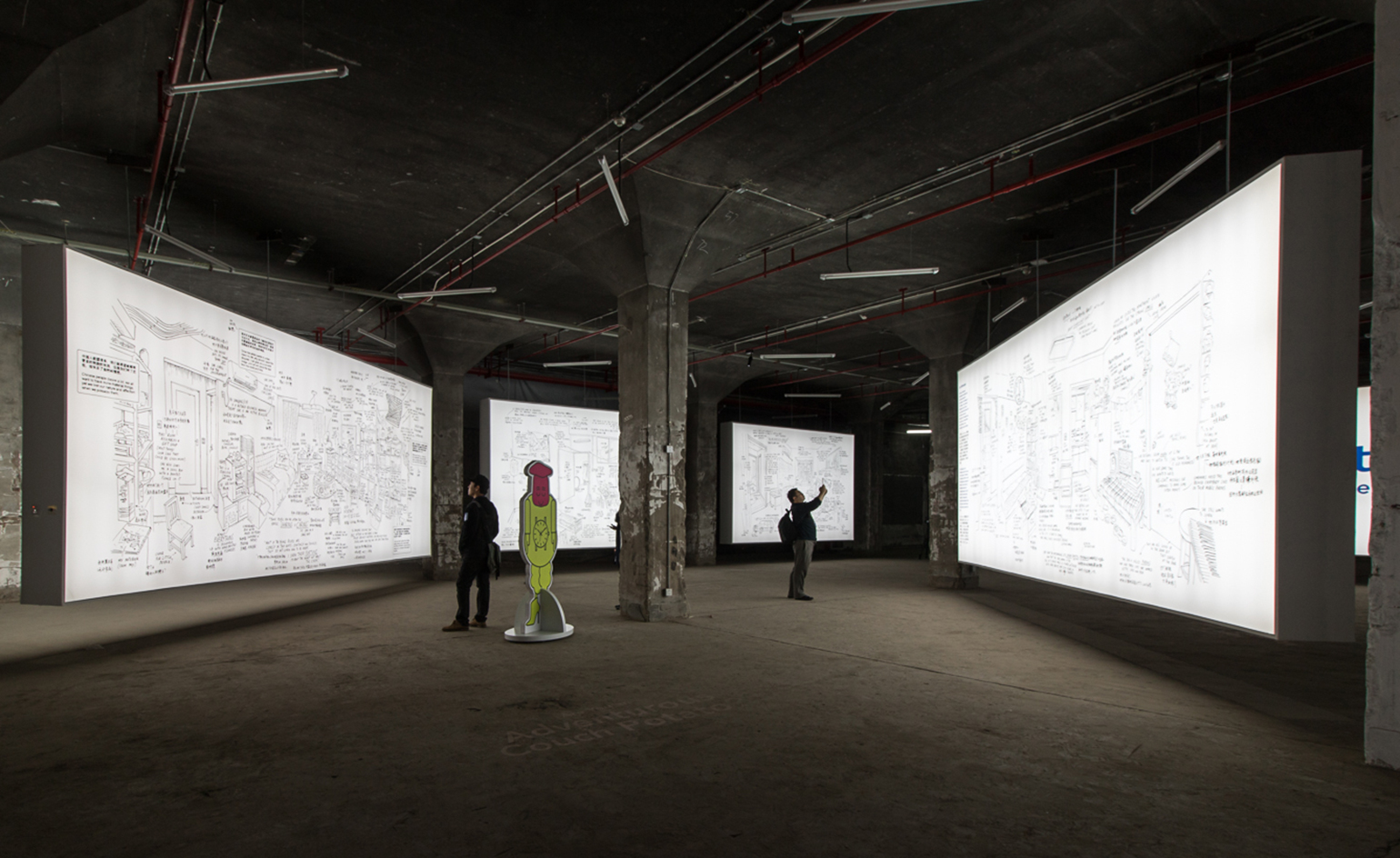
www.socialcities.org by the Droog Foundation.
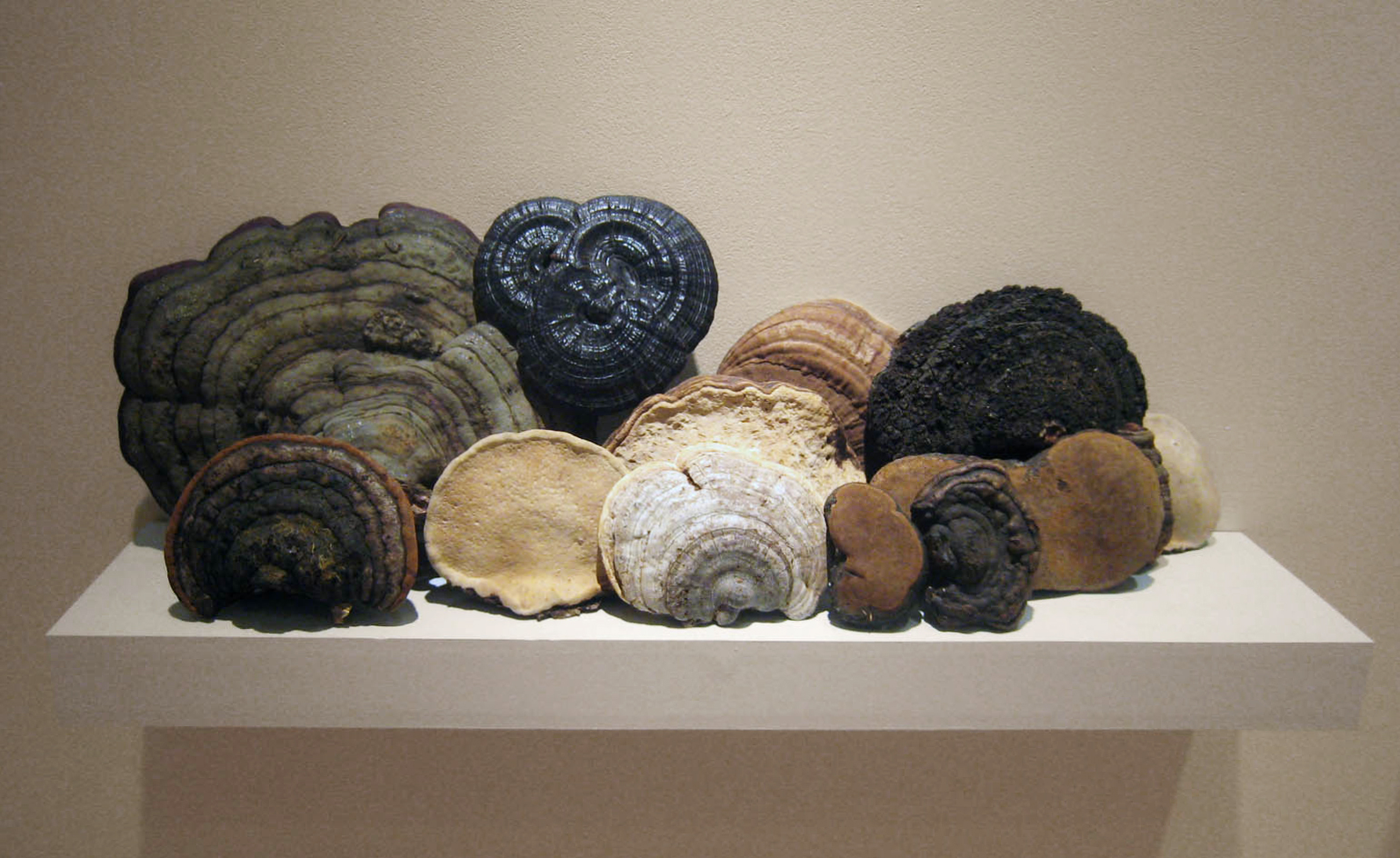
Bringing Fungus To China, by Phil Ross
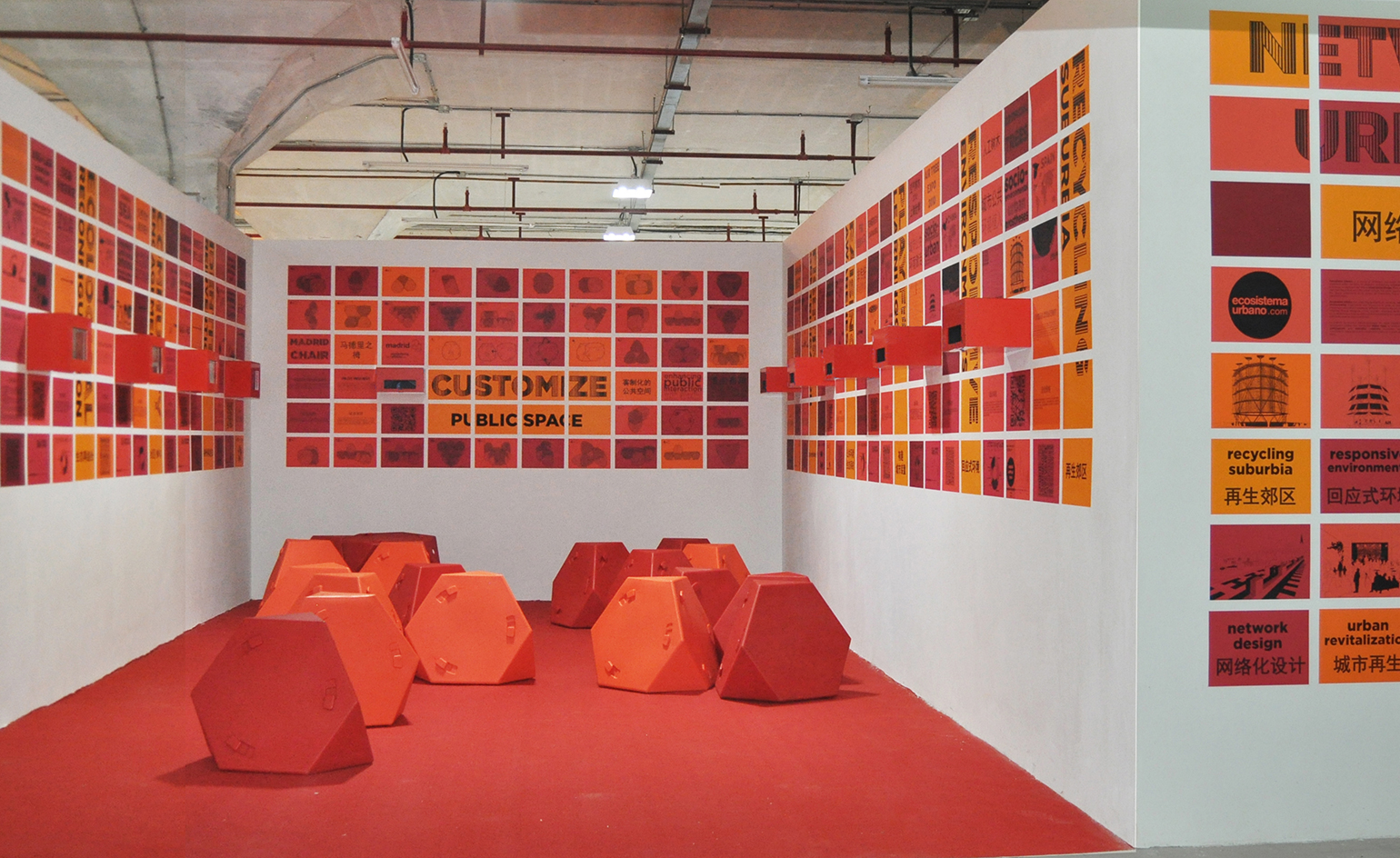
Spanish practice Ecosistema Urbano created a thoughtful series of small-scale urban projects
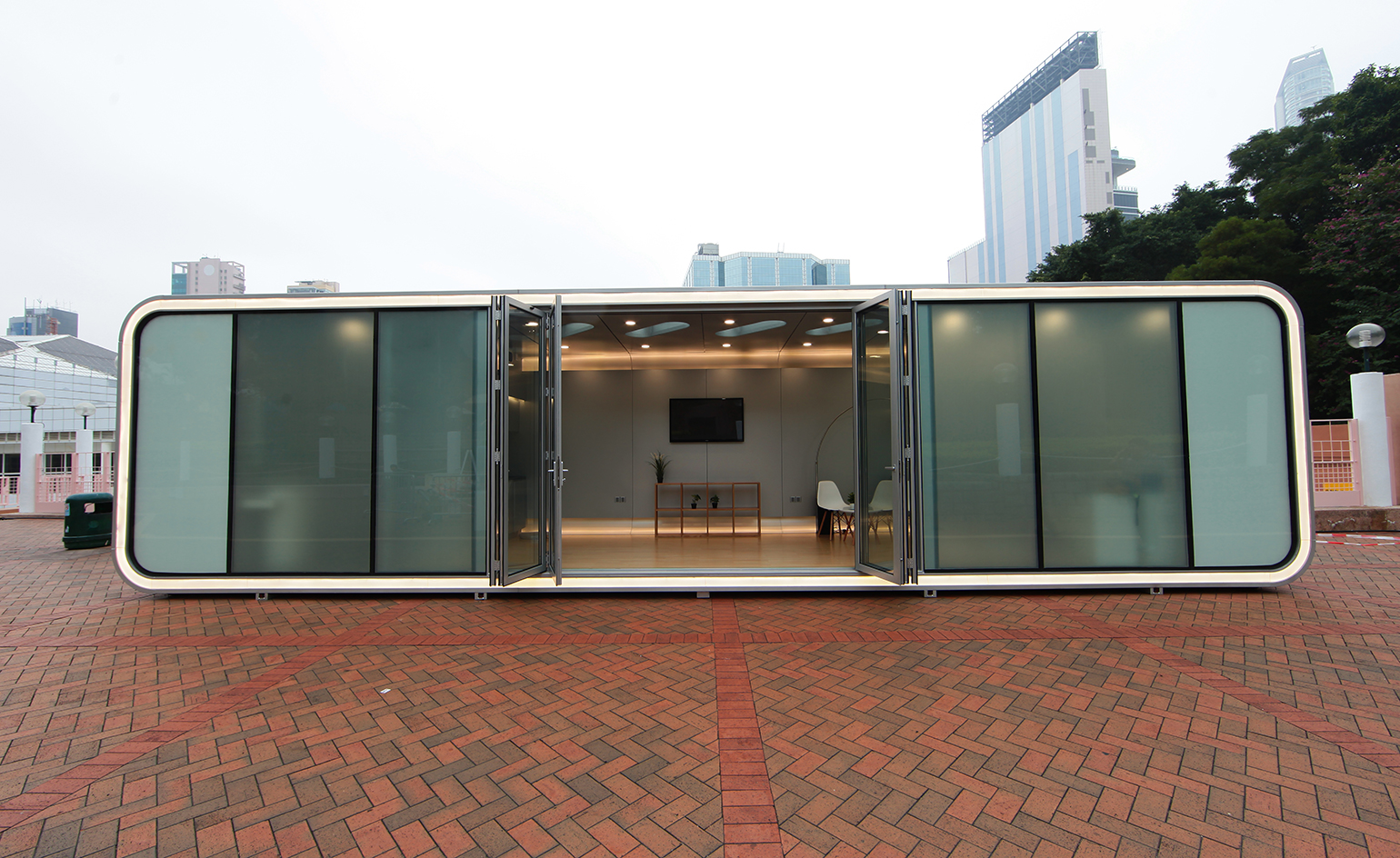
In Hong Kong's Kowloon Park, ALPOD presented their monocoque aluminum pod homes
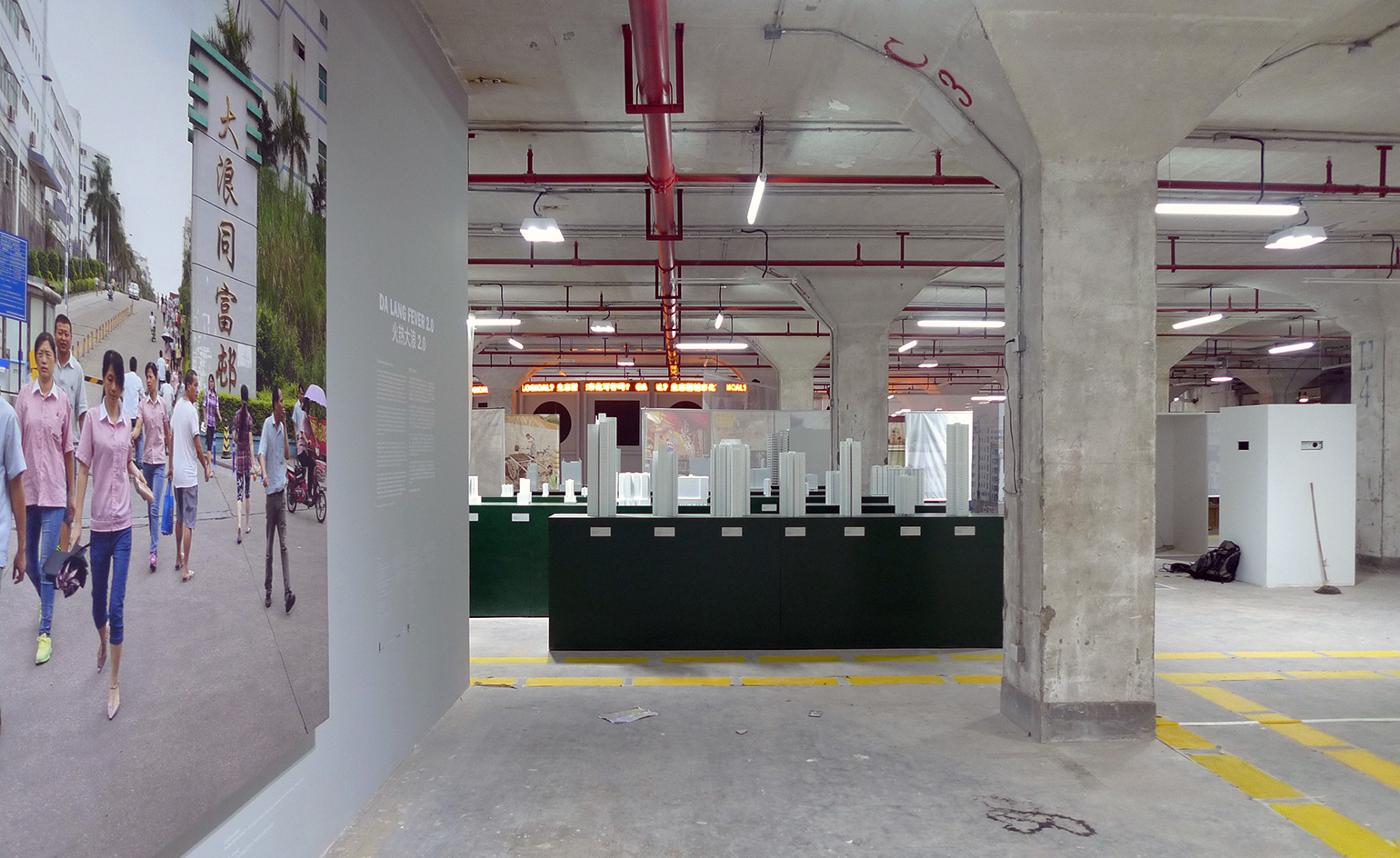
ETH Zurich's project for Hong Kong examines the city's architectural typologies
INFORMATION
2015 Bi-City Biennale of Urbanism/Architecture
December 2015 - February 28, 2016
For more information visit the Shenzhen and Hong Kong websites
Receive our daily digest of inspiration, escapism and design stories from around the world direct to your inbox.
Catherine Shaw is a writer, editor and consultant specialising in architecture and design. She has written and contributed to over ten books, including award-winning monographs on art collector and designer Alan Chan, and on architect William Lim's Asian design philosophy. She has also authored books on architect André Fu, on Turkish interior designer Zeynep Fadıllıoğlu, and on Beijing-based OPEN Architecture's most significant cultural projects across China.
-
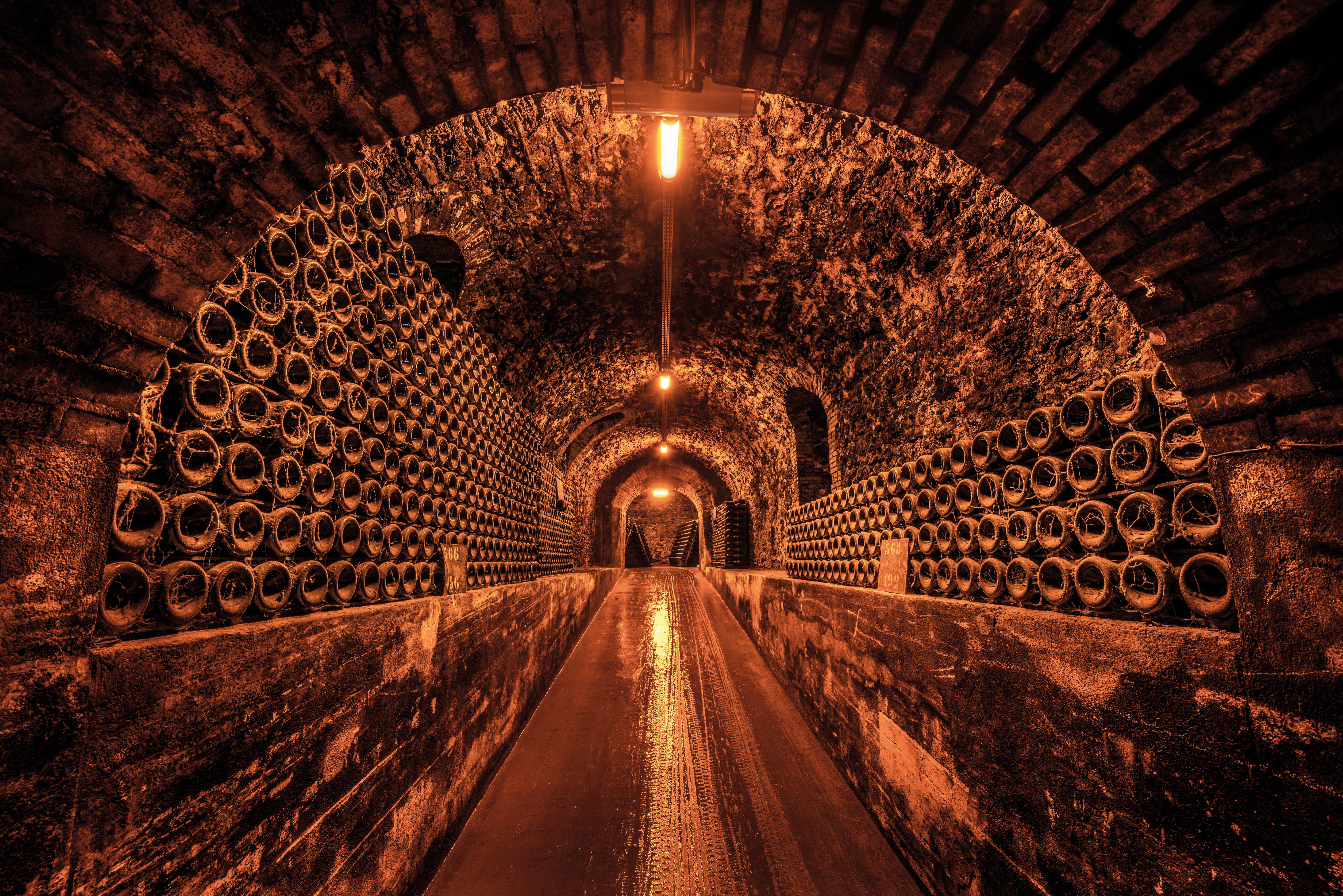 How Billecart-Salmon became the hospitality industry’s champagne of choice
How Billecart-Salmon became the hospitality industry’s champagne of choiceNeil Ridley ventures into a subterranean temple to patience and precision beneath the village of Aÿ-Champagne, France, and discovers a winery not of spectacle, but of soul
-
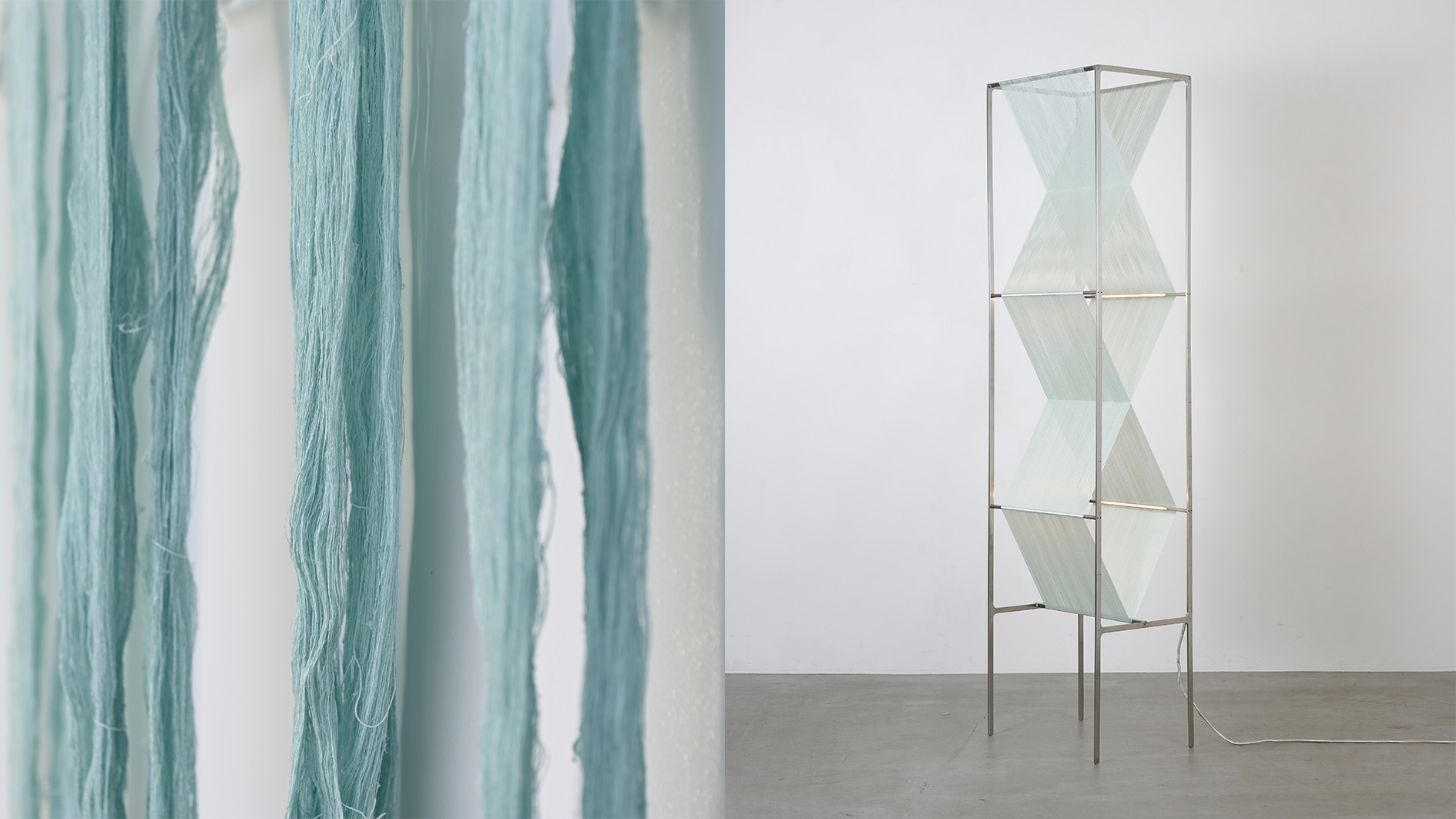 In Baku Sakashita’s new lighting collection, hand-dyed silk threads are delicately illuminated
In Baku Sakashita’s new lighting collection, hand-dyed silk threads are delicately illuminatedIn ‘Haku’, ultra-fine LEDs are woven within plant-dyed threads, showcasing intricacy, artistry and traditional Japanese craftsmanship
-
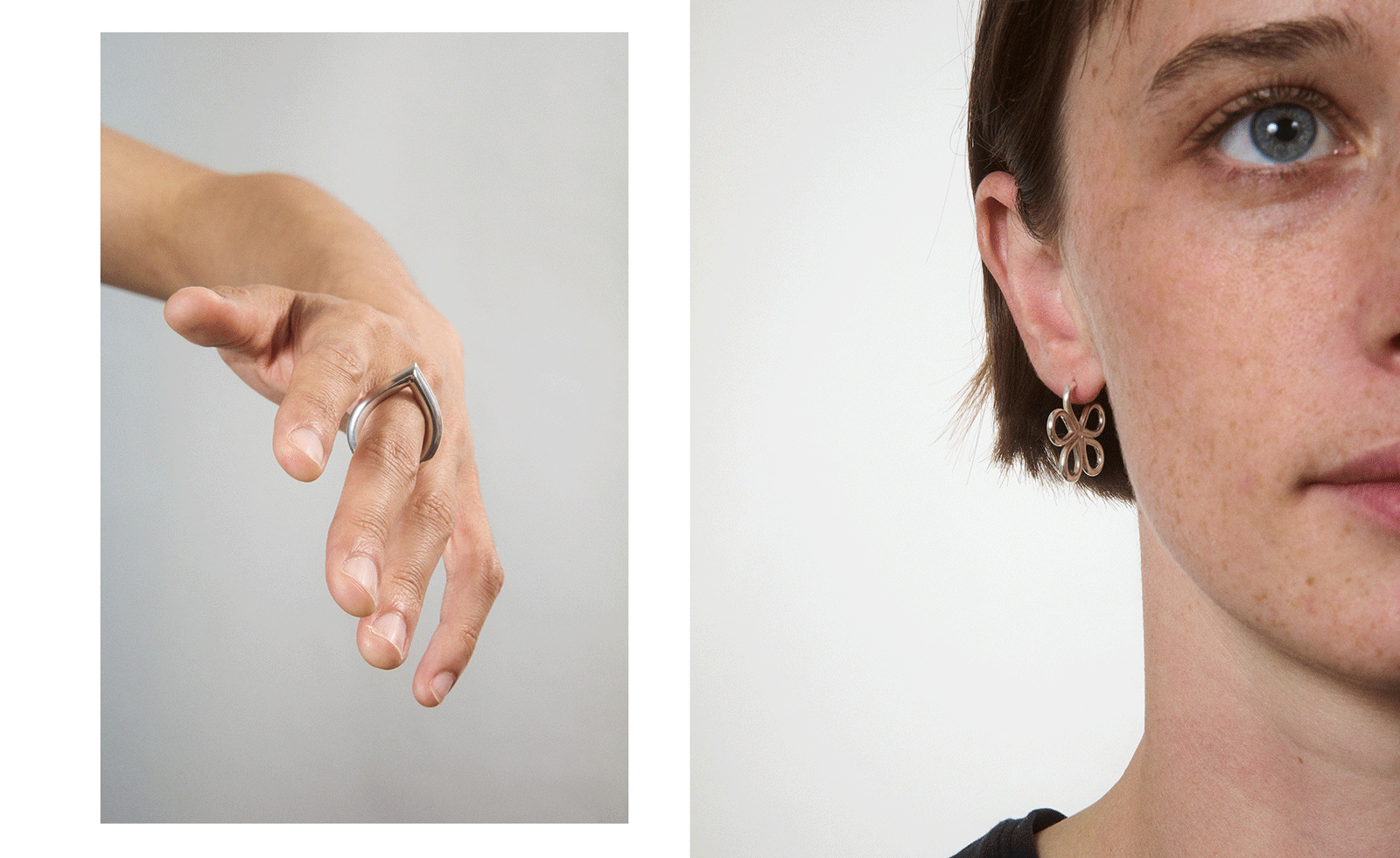 Discover the chic simplicity of CC-Steding jewellery
Discover the chic simplicity of CC-Steding jewelleryNic Farnan and Ben Chaplin create delicate silver jewellery in their east London studio
-
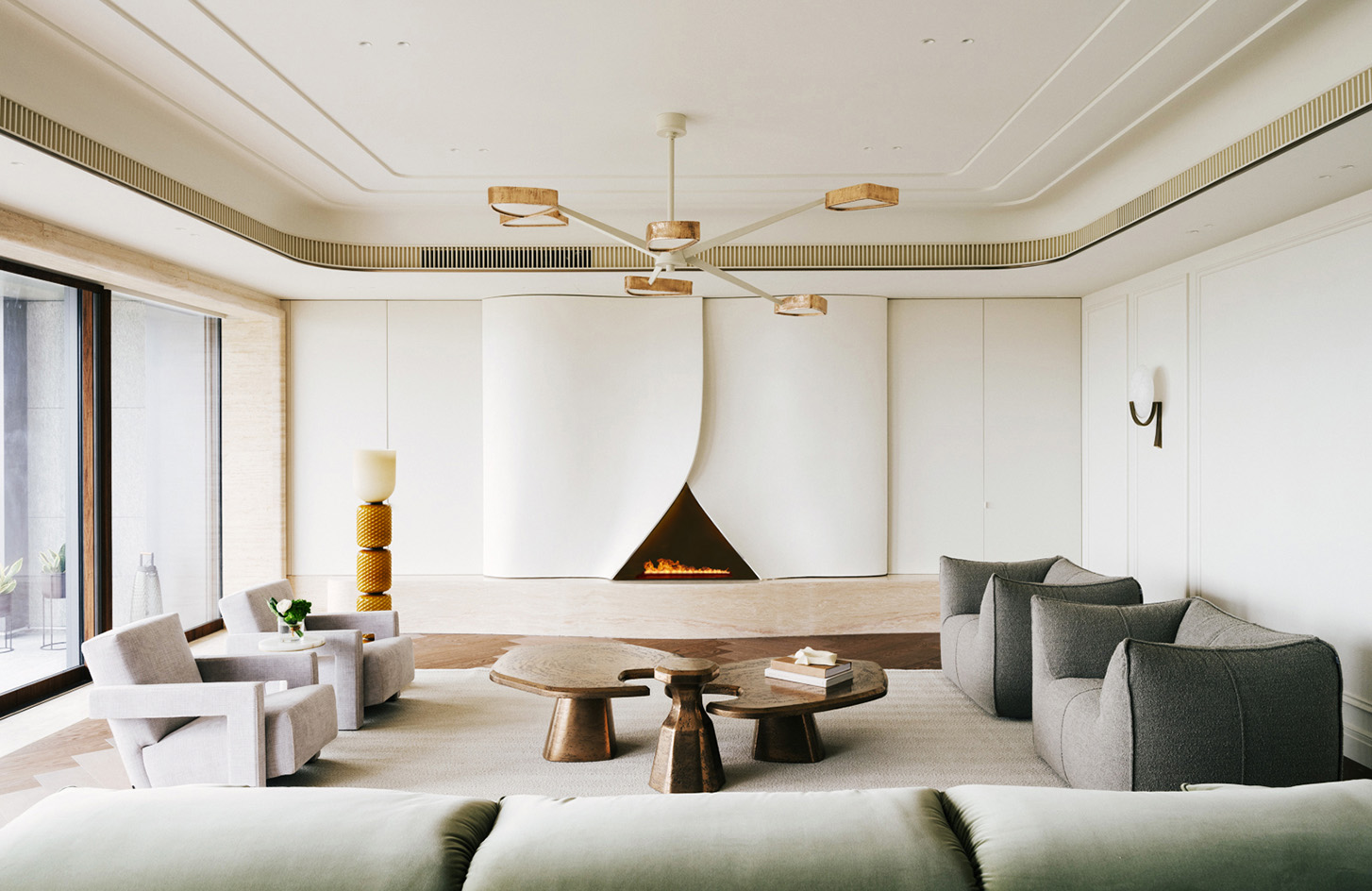 Tour Mountain Residence’s refined ‘interior landscape’ in Hong Kong
Tour Mountain Residence’s refined ‘interior landscape’ in Hong KongMountain Residence is a serene, multigenerational family home, nestled on Kowloon’s Mount Beacon in Hong Kong and designed by Nelson Chow
-
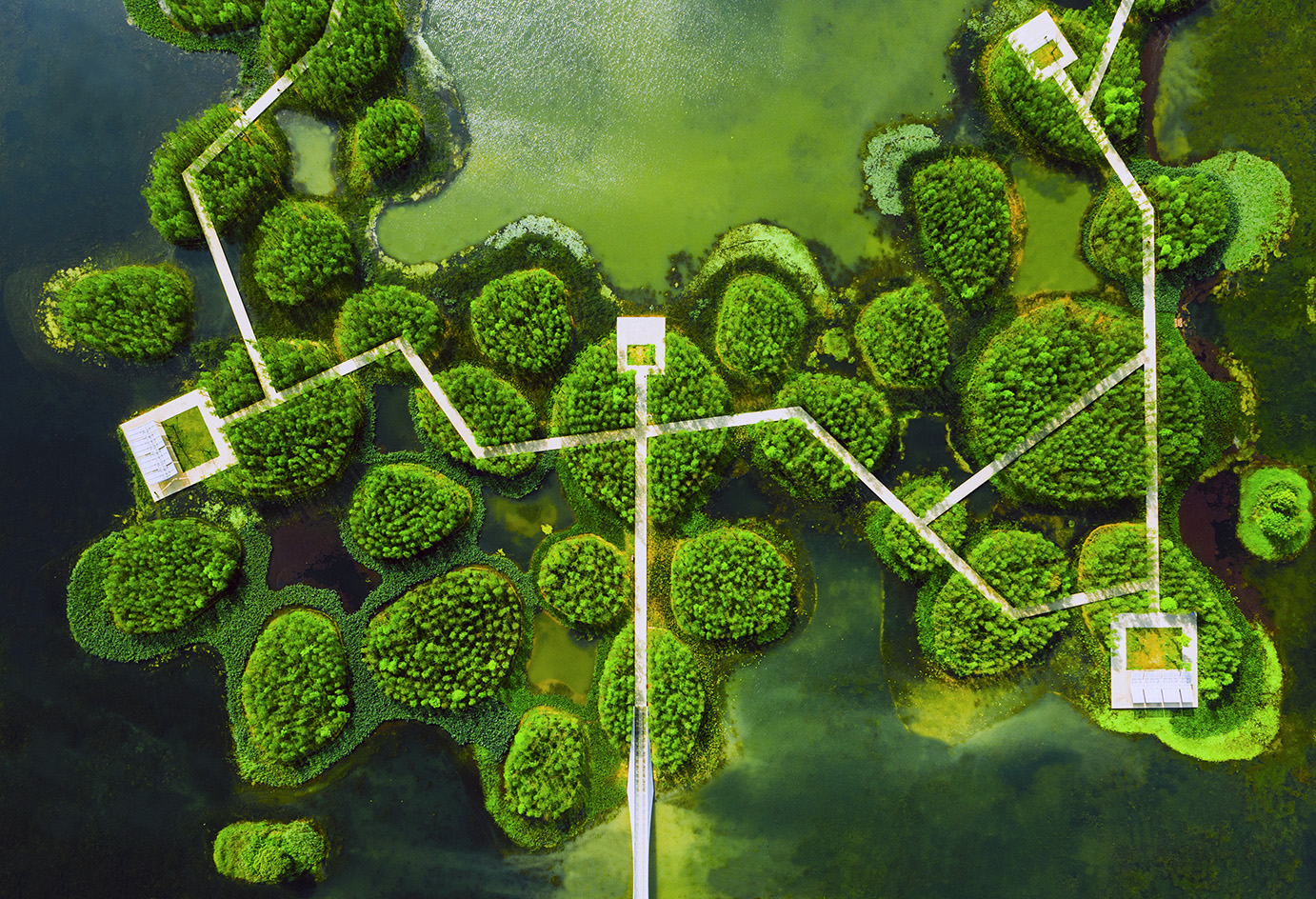 Honouring visionary landscape architect Kongjian Yu (1963-2025)
Honouring visionary landscape architect Kongjian Yu (1963-2025)Kongjian Yu, the renowned landscape architect and founder of Turenscape, has died; we honour the multi-award-winning creative’s life and work
-
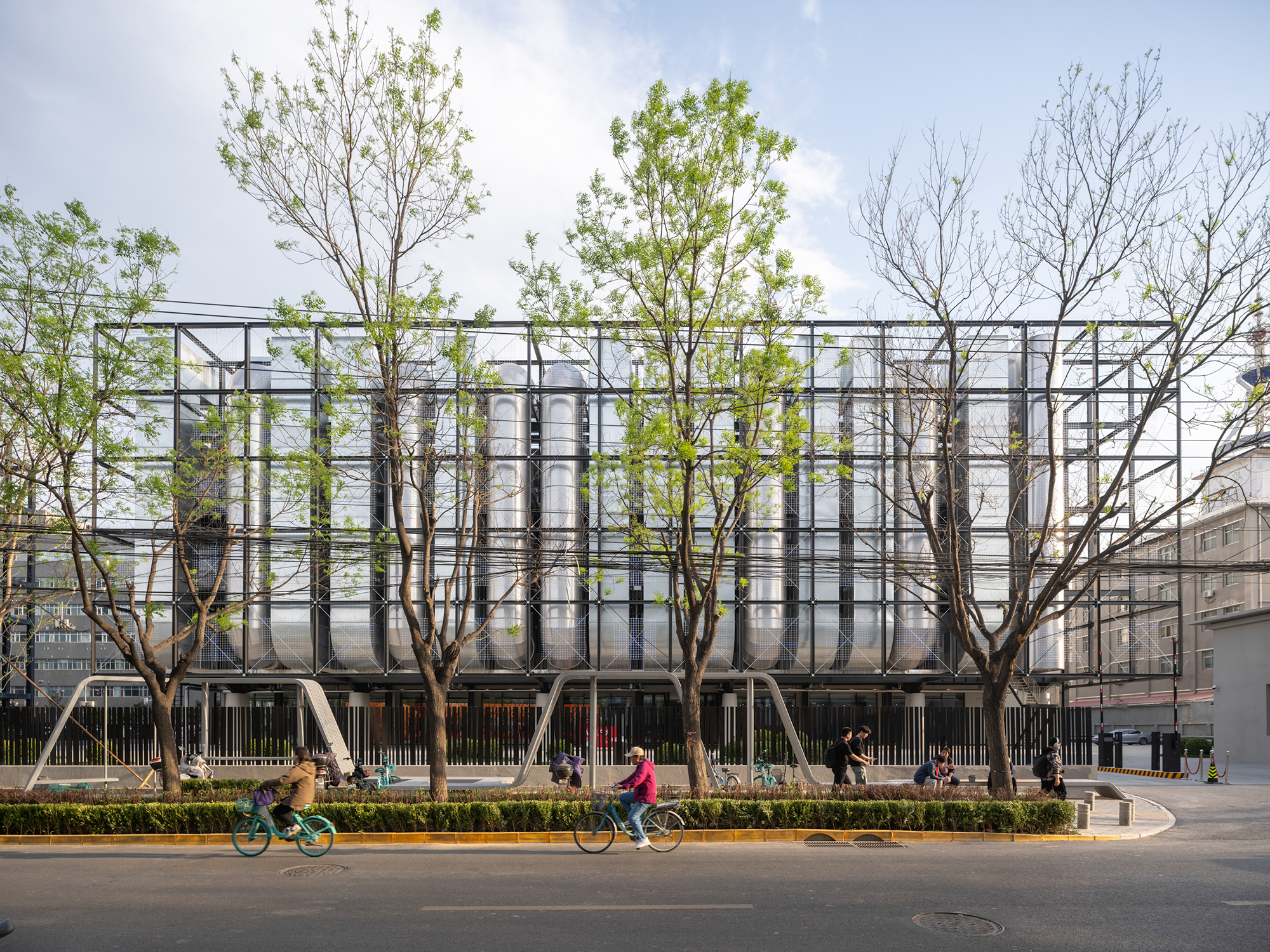 A new AI data centre in Beijing is designed to evolve and adapt, just like the technology within
A new AI data centre in Beijing is designed to evolve and adapt, just like the technology withinSpecialised data centre Spark 761, designed by llLab, is conceived as a physical space where humans and AI technology can coexist
-
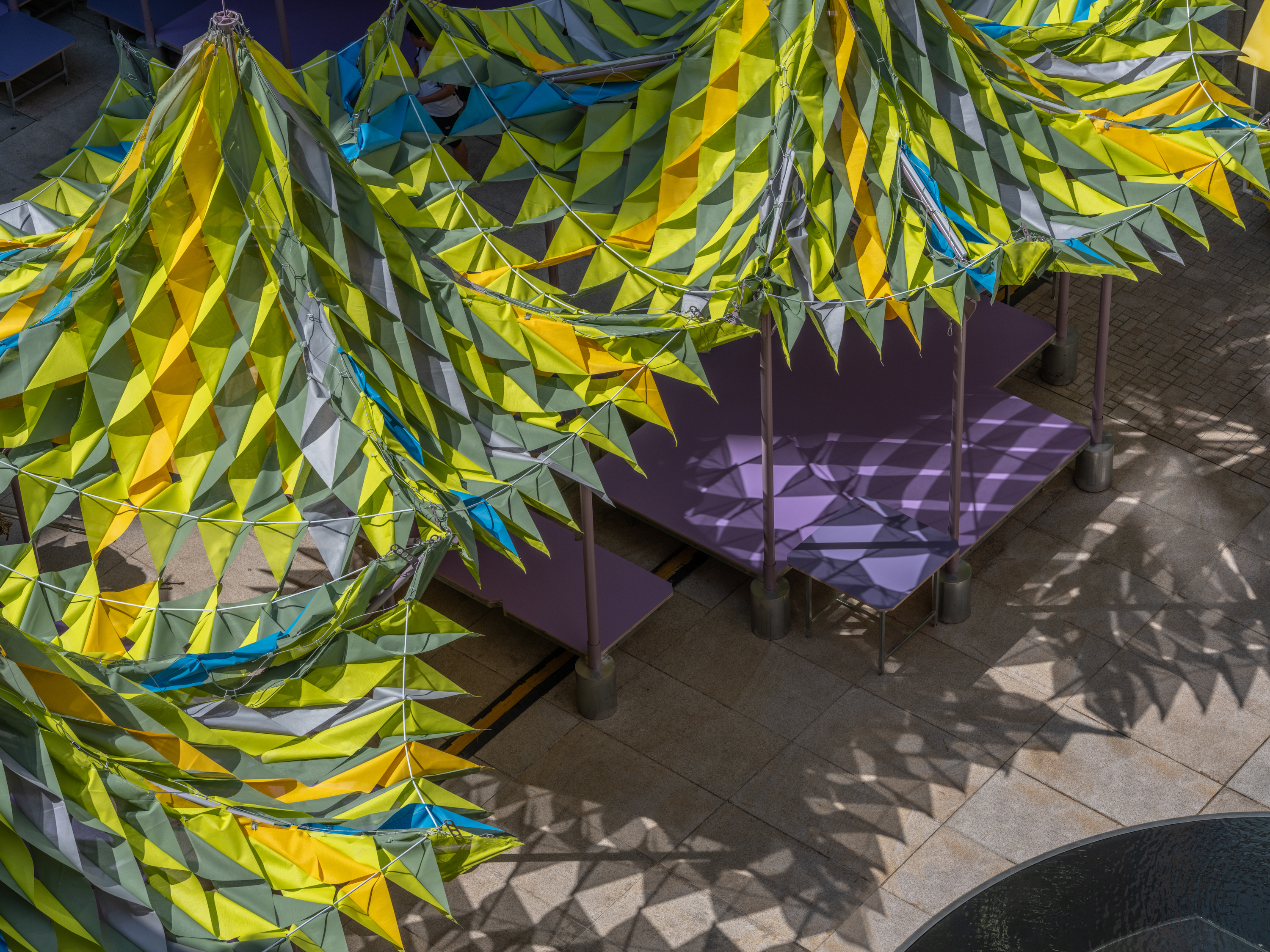 Shanghai’s biennial, RAMa 2025, takes architectural exploration outside
Shanghai’s biennial, RAMa 2025, takes architectural exploration outsideRAMa 2025, the architecture biennial at Rockbund Art Museum in Shanghai, launches, taking visitors on a journey through a historic city neighbourhood – and what it needs
-
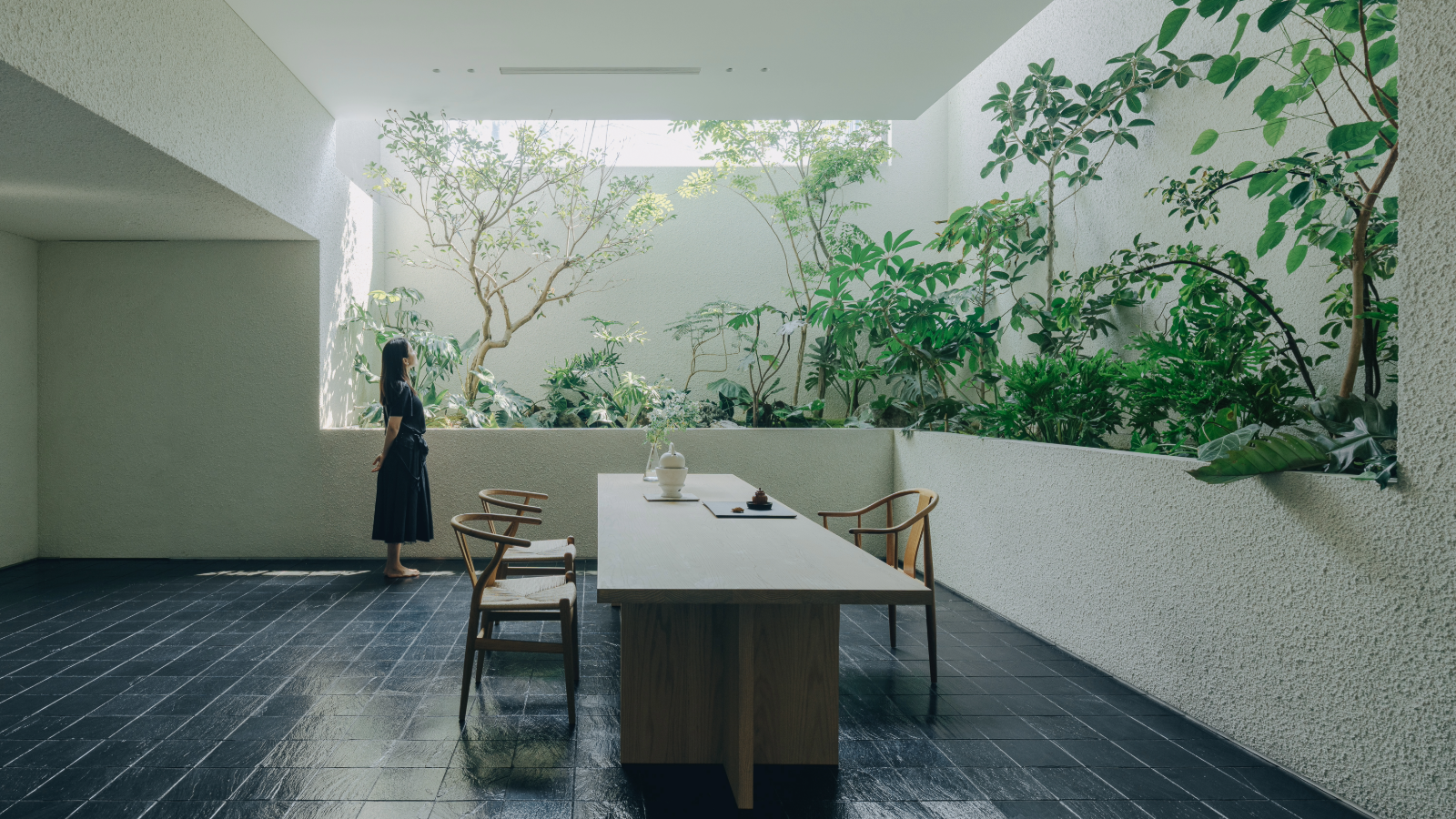 Atelier About Architecture’s ‘house within a house, and garden within a garden’
Atelier About Architecture’s ‘house within a house, and garden within a garden’House J in Beijing, by Atelier About Architecture, is an intricate remodelling complete with a hidden indoor garden and surprising sight lines
-
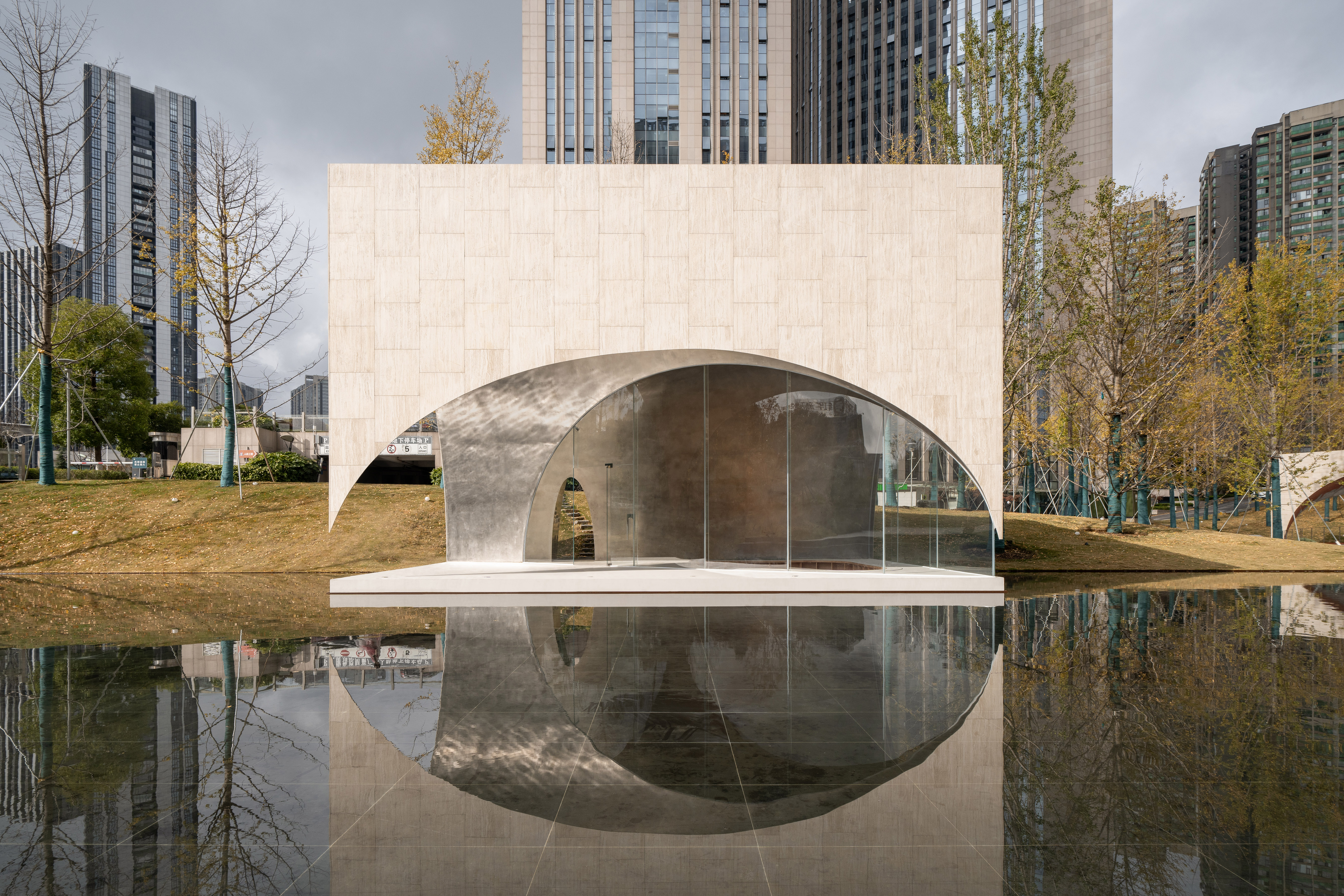 A nature-inspired Chinese art centre cuts a crisp figure in a Guiyang park
A nature-inspired Chinese art centre cuts a crisp figure in a Guiyang parkA new Chinese art centre by Atelier Xi in the country's Guizhou Province is designed to bring together nature, art and community
-
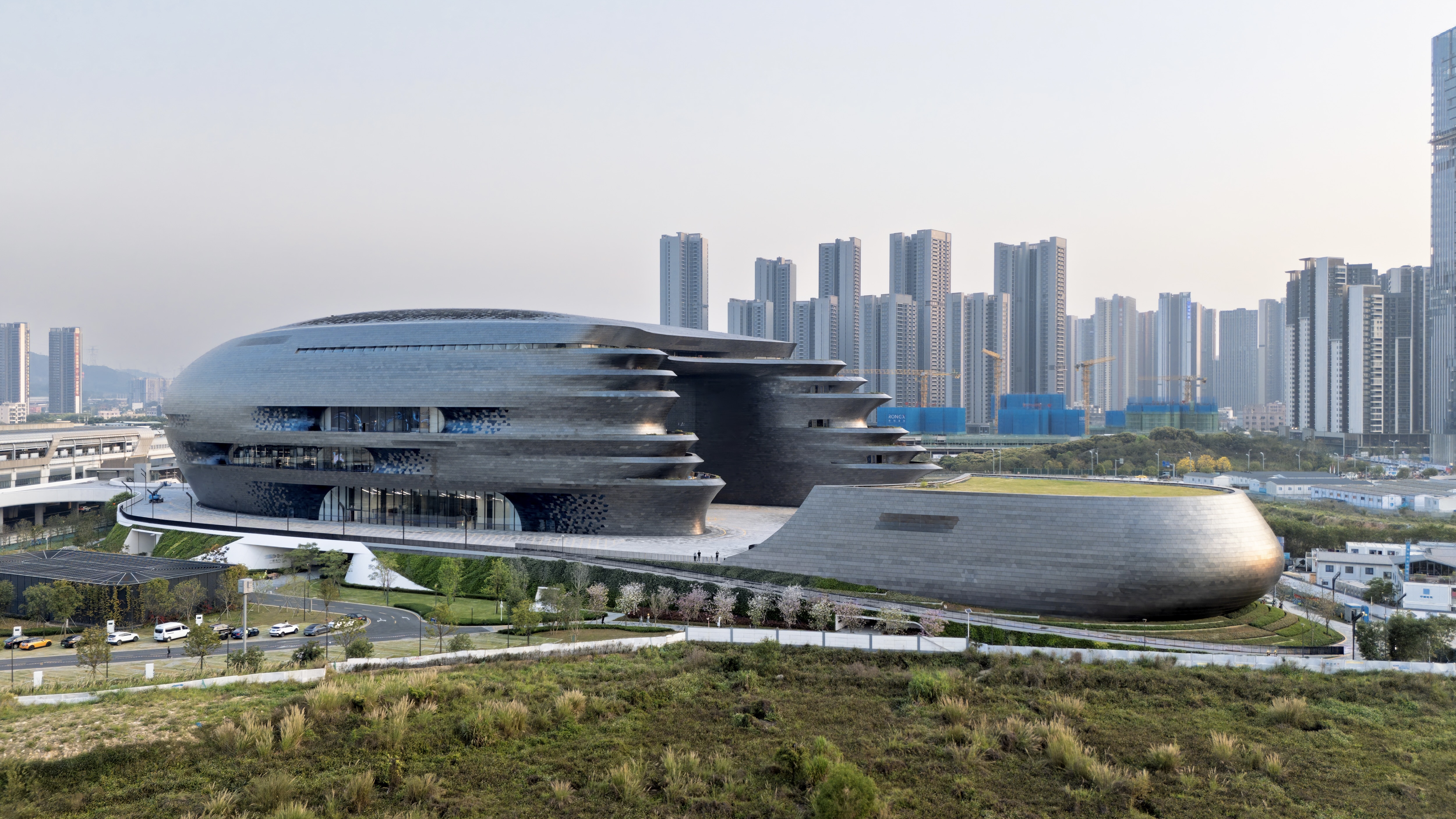 Zaha Hadid Architects’ spaceship-like Shenzhen Science and Technology Museum is now open
Zaha Hadid Architects’ spaceship-like Shenzhen Science and Technology Museum is now openLast week, ZHA announced the opening of its latest project: a museum in Shenzhen, China, dedicated to the power of technological advancements. It was only fitting, therefore, that the building design should embrace innovation
-
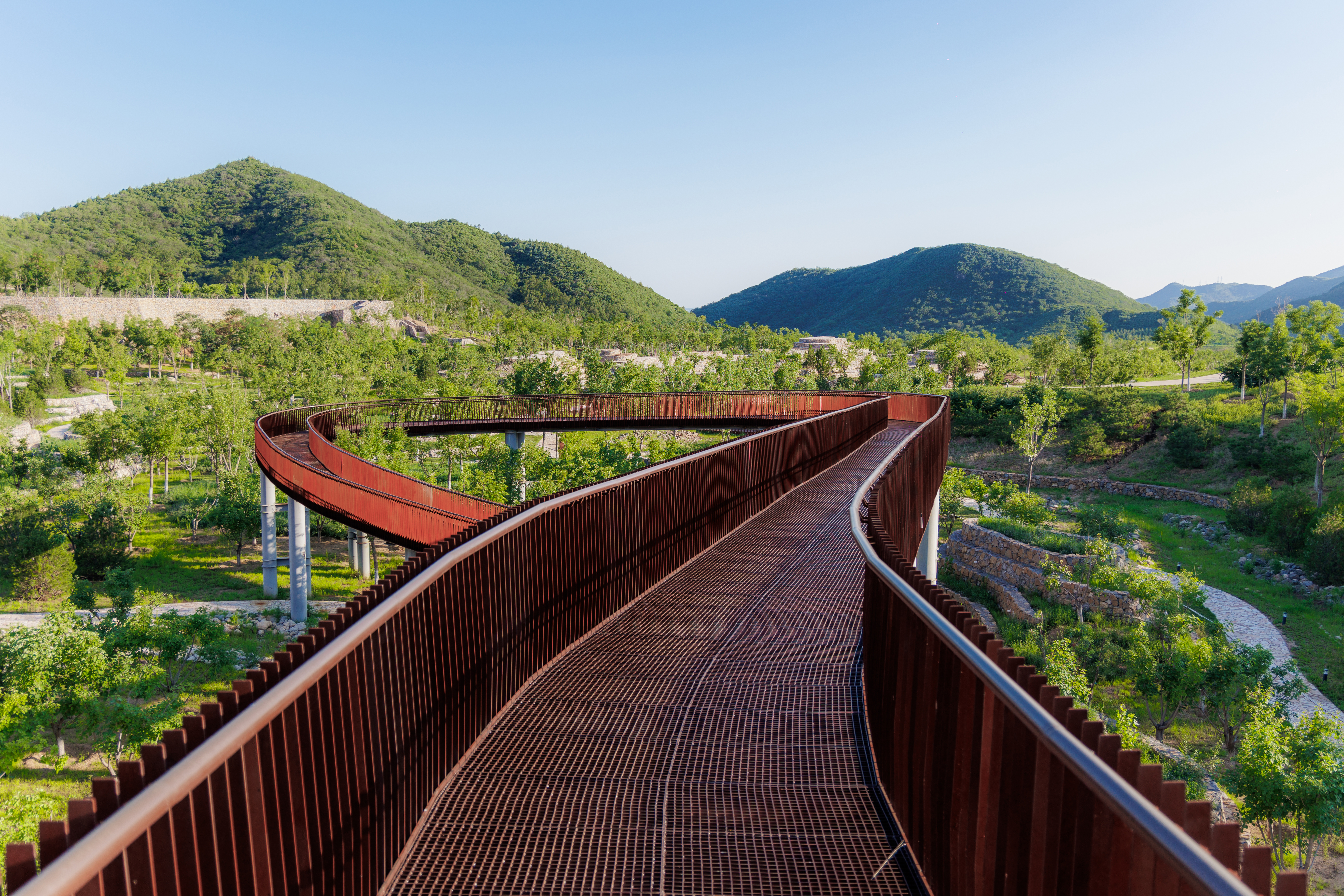 A Xingfa cement factory’s reimagining breathes new life into an abandoned industrial site
A Xingfa cement factory’s reimagining breathes new life into an abandoned industrial siteWe tour the Xingfa cement factory in China, where a redesign by landscape architecture firm SWA completely transforms an old industrial site into a lush park